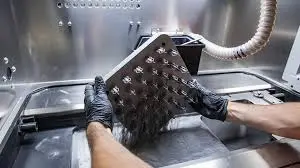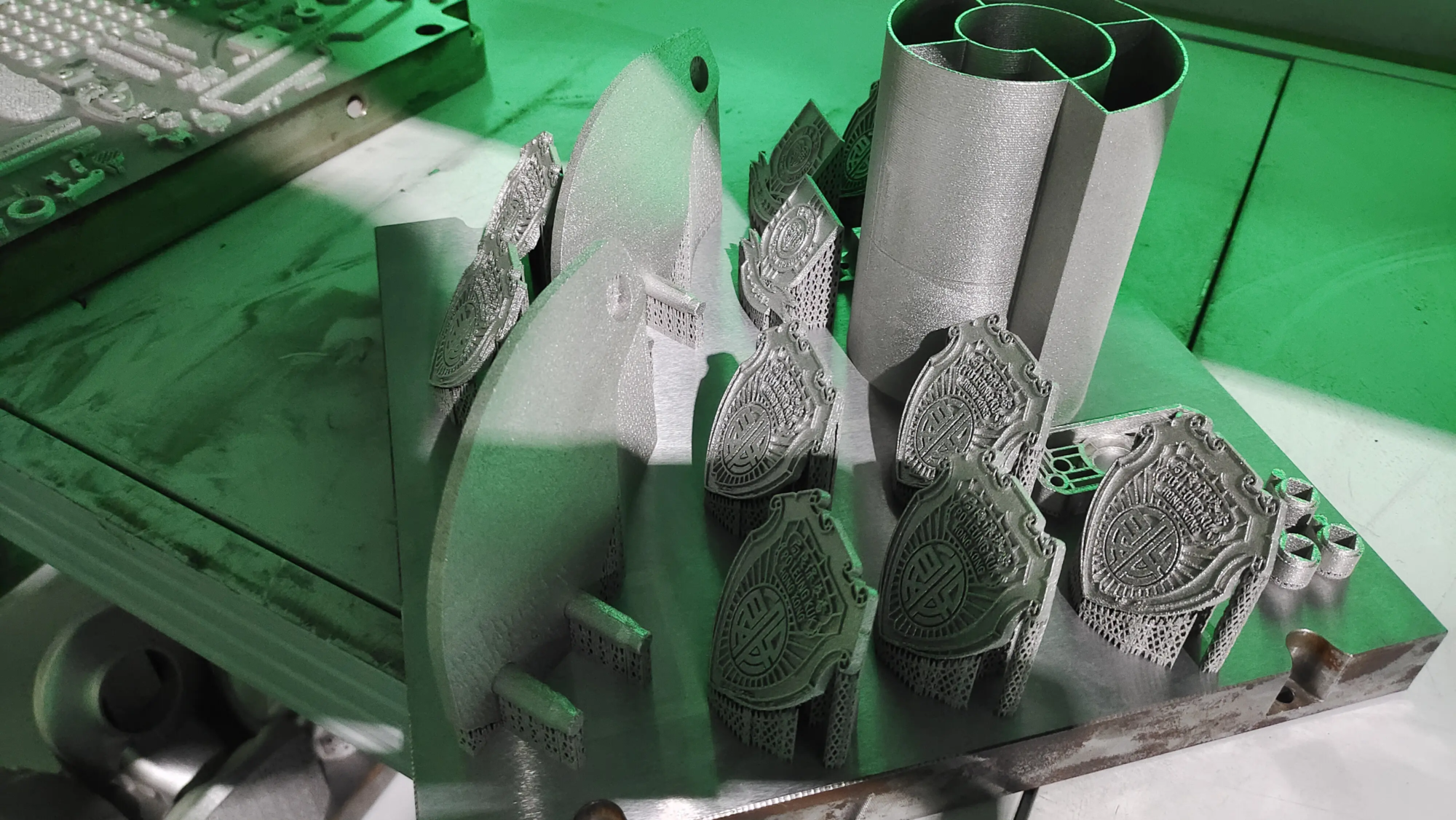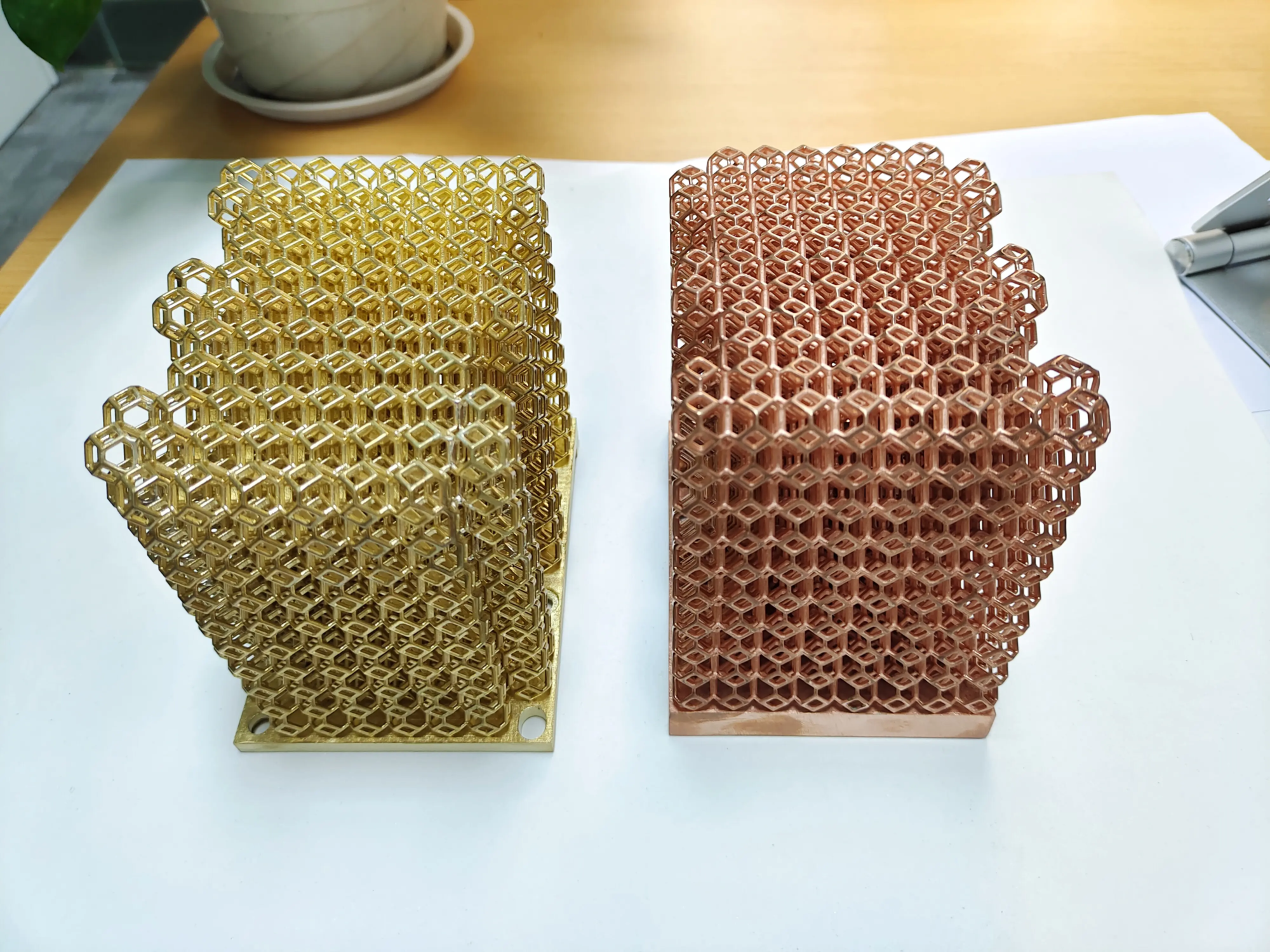On October 22, 2024, the Resource Library learned that recently, researchers at Oak Ridge National Laboratory (ORNL) in the United States successfully developed a new metal alloy for 3D printing that can withstand extremely high temperatures. temperatures of more than 1,315°C. and print No cracks will appear during the process. This advancement opens a new world for high-performance metal material 3D printing applications.
The alloy uses a combination of seven different elements, with niobium being the main component. ORNL has developed high-temperature alloys in the past, but this time the new alloy has a 48% higher melting point than before, demonstrating extraordinary heat resistance.
In addition to its excellent high temperature stability, the alloy is lightweight and crack resistant. In traditional metal 3D printing processes, cracks are often caused by the interaction between the material microstructure and thermal effects. This time, the research team managed to solve this problem and achieve crack-free printing by precisely controlling the electron beam metal 3D printing equipment.
ORNL said that this new material has broad application prospects, especially for 3D printing of large metal turbine blades. Compared to traditional manufacturing methods, 3D printed turbine blades can not only remain stable during high-speed rotation and are less prone to structural failures caused by cracks, but can also withstand the extremely high temperatures of the aerospace field.
Project leader Saket Thapliyal said: “No one has ever been able to develop and print an alloy with such a high melting point, such a low density and without cracks. This is an important step forward. We are creating a lighter metal material. ensuring that it can still maintain its structural integrity in ultra-high temperature environments.
As more and more new materials are used in the field of 3D printing, more innovative application scenarios will emerge in the future. This breakthrough not only improves the material selection space of 3D printing technology, but also brings new possibilities to aerospace, energy, industrial manufacturing and other fields.





